The Ultimate Guide to Lightweight Rucksacks: Choosing and Using the Perfect Pack
Posted by Andy Neil on Jul 12, 2024
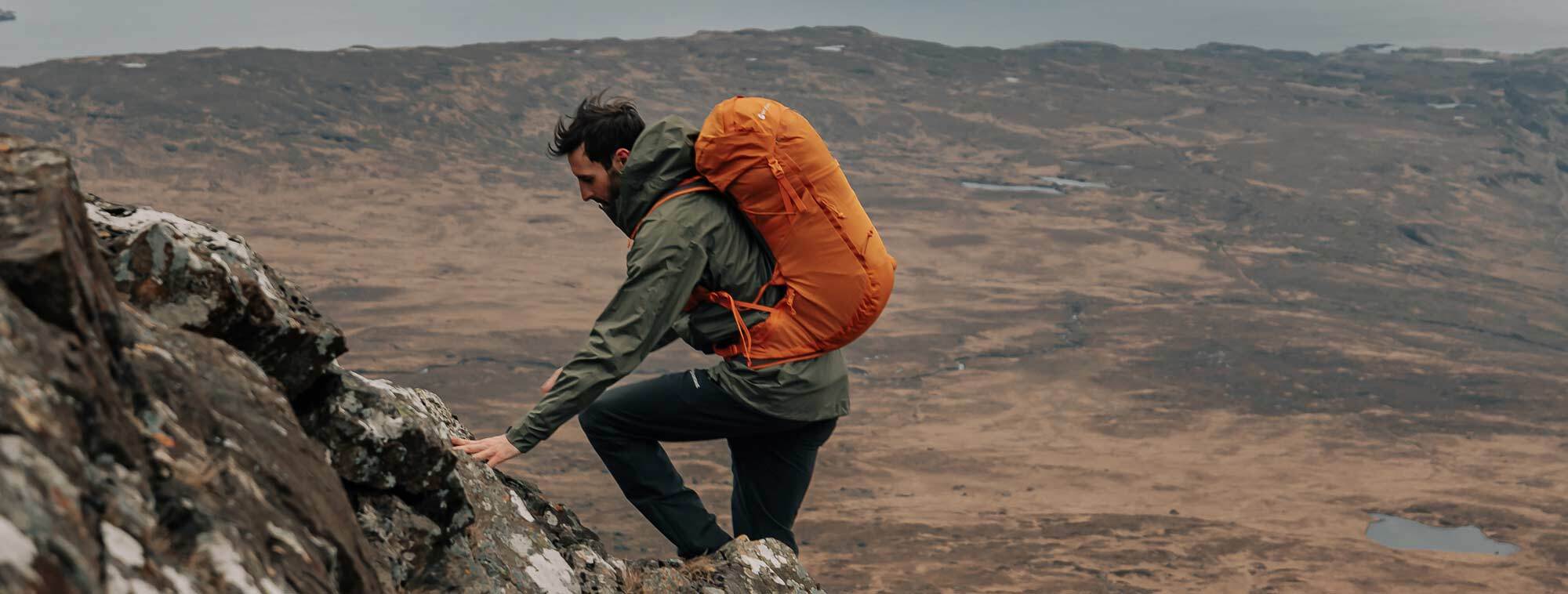
For any hiker or backpacker, the choice of rucksack can make or break a trip. Whether planning a day hike or a multi-week adventure, understanding the ins and outs of lightweight rucksacks is crucial for comfort and efficiency on the trail. This comprehensive guide will walk you through everything you need to know about choosing and using the perfect pack.
How a Rucksack Works
At its core, a rucksack is designed to distribute weight efficiently across your body. The key components working together to achieve this are the hip belt, shoulder straps, sternum straps, and load lifters. Sitting on your iliac crest (the top of your hips), the hip belt does the heavy lifting by transferring 70-80% of the pack's weight to your hips. Shoulder straps stabilise the pack and carry the remaining weight, while the sternum strap connects these straps to prevent them from sliding off and improve stability. Load lifters, often overlooked but critically important, allow you to adjust the pack's position relative to your centre of gravity, which is the point where the mass of your body is concentrated. This is crucial for balance and comfort when carrying a pack.
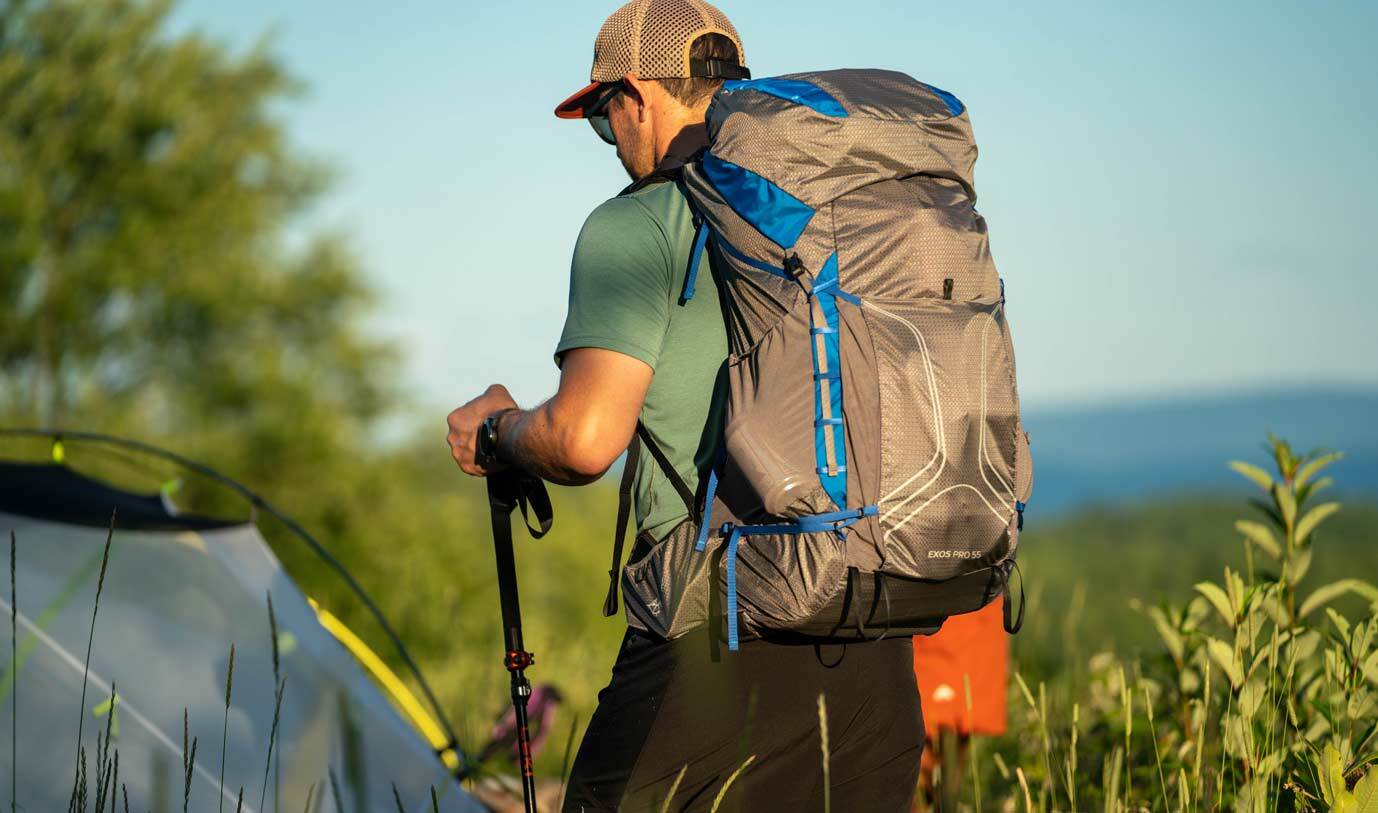

How to Fit a Rucksack
Finding the right fit for your rucksack is paramount. Rucksacks typically come in sizes (small, medium, large, or S/M and L/XL) corresponding to your torso length. An adequately fitted rucksack can transform a gruelling hike into an enjoyable journey. The goal is to ensure the pack transfers its weight to your hips. If the pack sits too high or too low, it won't distribute its weight efficiently.
To find the correct fit, start by measuring your torso length from the C7 vertebra, the most prominent bone at the base of your neck, to the iliac crest, the top of your hip bone. Then, load the pack with your typical gear, loosen all straps, and put it on.

Adjust the Hip Belt: Position the hip belt so it sits on your hip bones, then tighten it until it's snug.

Adjust the Shoulder Straps: Tighten them, so the pack is pulled close to your back, but not so tight that it lifts the hip belt off your hips.
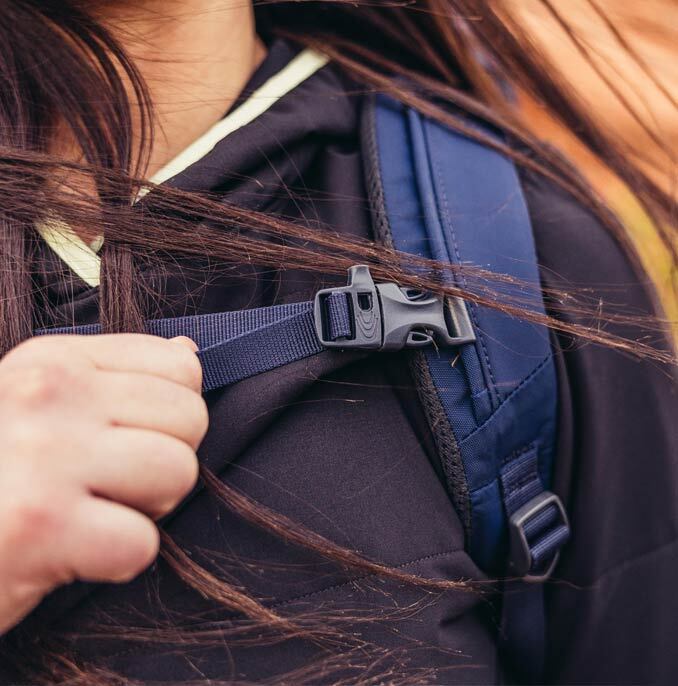
Adjust the Sternum Strap: Fasten and tighten the sternum strap to stabilise the shoulder straps.

Load Lifters: Adjust the load lifters, the straps connecting the top of the shoulder straps to the pack, to pull the top of the pack closer to your body, improving balance.
Choosing the Correct Size Rucksack
When choosing a rucksack, it's crucial to remember the adage: “The correct size rucksack is the rucksack that fits your gear.” There's no point in having an ultralight pack if you don't plan to carry ultralight gear; similarly, a larger, more engineered pack designed for comfort will be overkill for ultralight equipment or a day trip. Consider the volume and weight of your gear, trip duration, and the season you'll be hiking. A too-large pack encourages overpacking, while a too-small pack may not fit essential gear.
Day packs and backpacking packs serve different purposes. Day packs, typically 15–35 litres, are more straightforward and lighter, suitable for daily hikes or everyday use. They may have fewer features, such as hip belts, which are necessary when carrying heavier loads; if present, hip belts are often for stability rather than load-bearing.
Backpacking packs, ranging from 40-80 litres or more, have more complex carrying systems with robust suspension designed to distribute heavier loads comfortably over longer distances. These packs typically feature adjustable torso lengths, padded hip belts, and multiple compartments and attachment points for gear. Choosing the suitable backpacking pack involves balancing capacity with comfort and ensuring it matches the demands of your trips.

Features
Modern rucksacks are equipped with various features that enhance comfort, organisation, and efficiency on the trail. At the heart of every pack is the main compartment, which provides ample space for gear. Perched atop this is often a removable top lid, affectionately known as the “brain,” which offers quick access to essentials and added weather protection.
Surrounding the main compartment, you'll find a variety of external and internal pockets. These smaller compartments are invaluable for organising your gear and keeping frequently used items within easy reach. Large mesh front pockets have become increasingly popular, offering easy access to a vast amount for storing items close at hand, such as maps or waterproofs. Many packs also include a hydration sleeve, a pocket to slide your water bladder into.
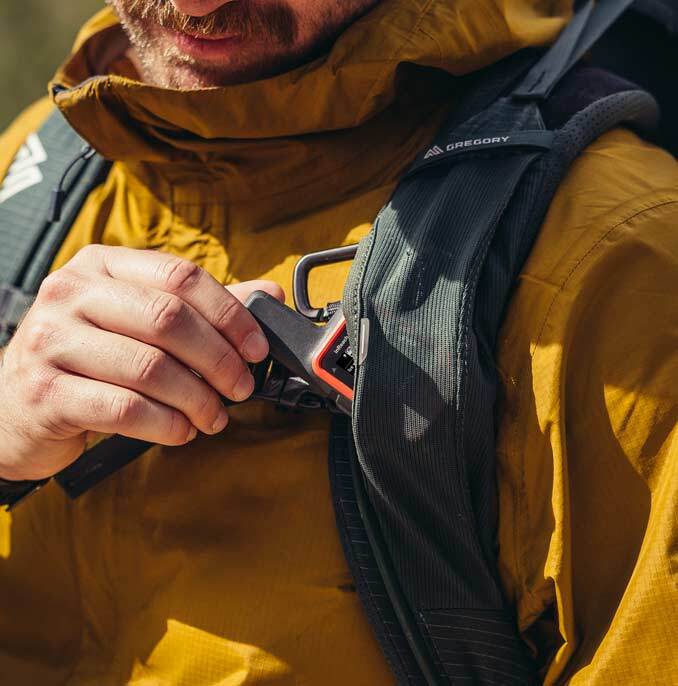

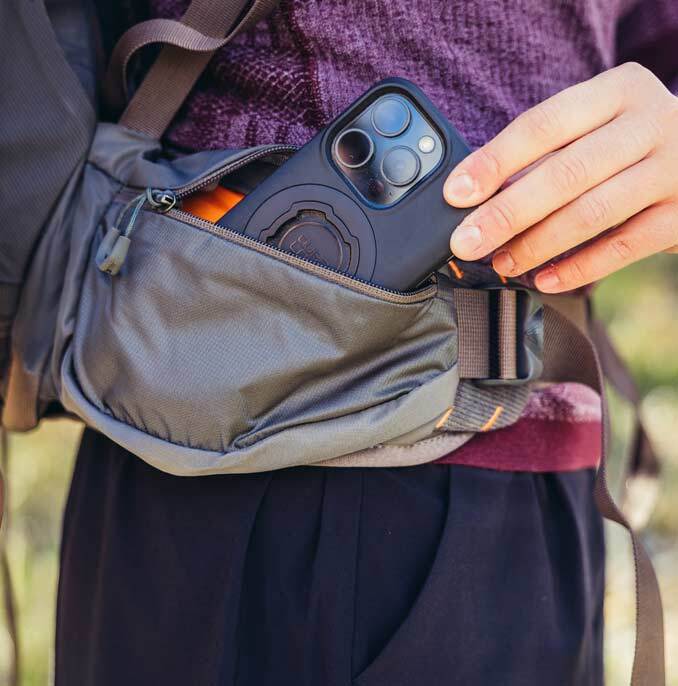
Compression straps, while seemingly simple, play a crucial role in pack performance. These versatile straps allow you to cinch down the pack, preventing your gear from shifting. More importantly, they help bring the load closer to your back, improving your centre of gravity and making the pack feel lighter and more stable.
For those who like carrying extra gear, most packs feature attachment points such as loops, daisy chains, or specialised holders for trekking poles or ice axes. Hip belt pockets provide easy access to snacks, a phone, or other small items without removing your pack.
Each feature of a modern rucksack contributes to its overall functionality, working in harmony to create a system greater than the sum of its parts. Consider which features align with your hiking style and needs when choosing a pack. The right combination can significantly enhance your comfort and efficiency on the trail, allowing you to focus on the journey rather than your gear.


Load Lifters
Load lifters are sometimes called “magic straps” because of the dramatic difference they make to how the pack carries its weight. They are those small straps at the top of the shoulder straps. They pull the upper part of the pack closer to your body, helping to adjust its centre of gravity, prevent sagging, and fine-tune the fit for comfort.
Lid or No Lid
The debate between lidded and lidless packs is ongoing in the hiking community. Lids, called the "brain," provide extra storage, easy access to frequently used items, and weather protection. However, they add weight and complexity. Many ultralight packs forgo lids in favour of roll-top closures, which provide a secure seal against the elements and allow for easy expansion or compression of the pack's volume.
Ventilated Back Carrying Systems
Ventilated back systems, used by Osprey and Gregory, create space between your back and the pack, allowing air to flow. This improved ventilation can reduce sweating and increase comfort in hot weather. However, they can also move the pack's centre of gravity away from your body and may reduce pack volume.
Waterproof Packs
Keeping your gear dry is crucial for comfort and safety. Some packs are made from waterproof materials with sealed seams, which are great for wet environments but often heavier and more expensive. Also, storing your damp tent in a dry rucksack can be seen as counterintuitive. Alternatively, you can use internal protection like packing liners, dry bags, or external rain covers. Many hikers use both for redundancy in wet conditions.

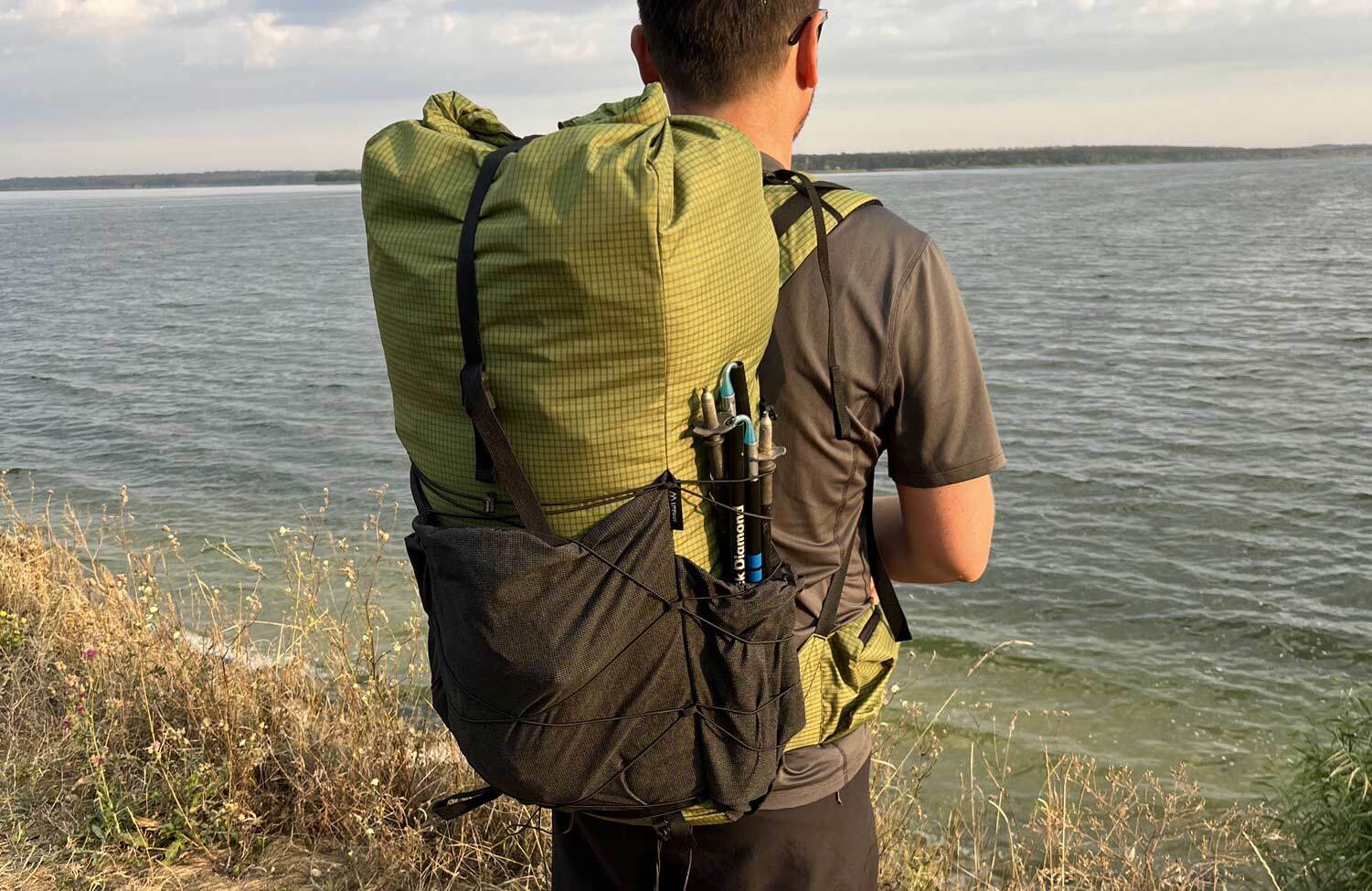
Frameless vs. Framed Packs
The choice between framed and frameless packs can significantly impact your hiking experience. Framed packs offer better weight transfer to the hips, more stability with heavy loads, and are often more comfortable for long distances. However, they're heavier, more expensive, and less packable. Frameless packs are lighter and usually more straightforward in design, but they provide less efficient weight transfer and can be less comfortable with heavy loads.
Once again, this decision will come down to your base weight. A frameless pack complements ultralight gear, while a framed pack more effectively carries larger weights.
Running Packs
Running packs have recently gained popularity, particularly among ultralight and fast-packing enthusiasts. These innovative designs borrow from trail running packs, offering a snug, body-hugging fit that minimises bouncing and shifting during movement. The vest-style configuration distributes weight more evenly across the upper body, reducing strain on the shoulders and improving overall stability. Multiple easy-access pockets on the front straps allow quickly retrieving snacks, water bottles, or navigation tools without removing the pack. This design enhances comfort during long hikes and promotes a more efficient and streamlined approach to gear management on the trail. While they may not offer the same carrying capacity as traditional backpacks, running vest-style rucksacks excel in scenarios where speed and agility are priorities, making them an excellent choice for day hikes, ultralight backpacking, and especially for fast-paced adventures, adding an element of excitement to your outdoor experience.
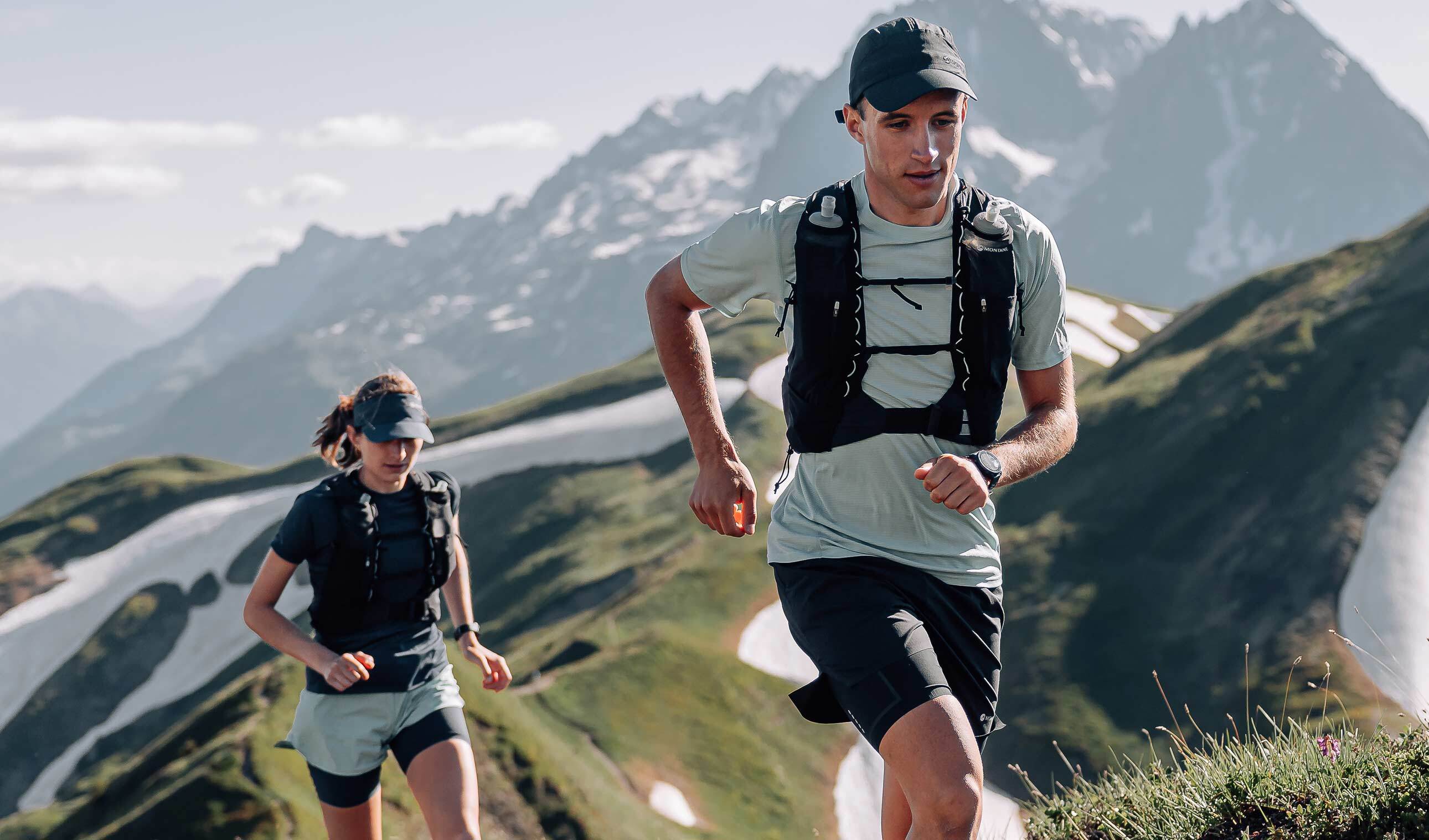
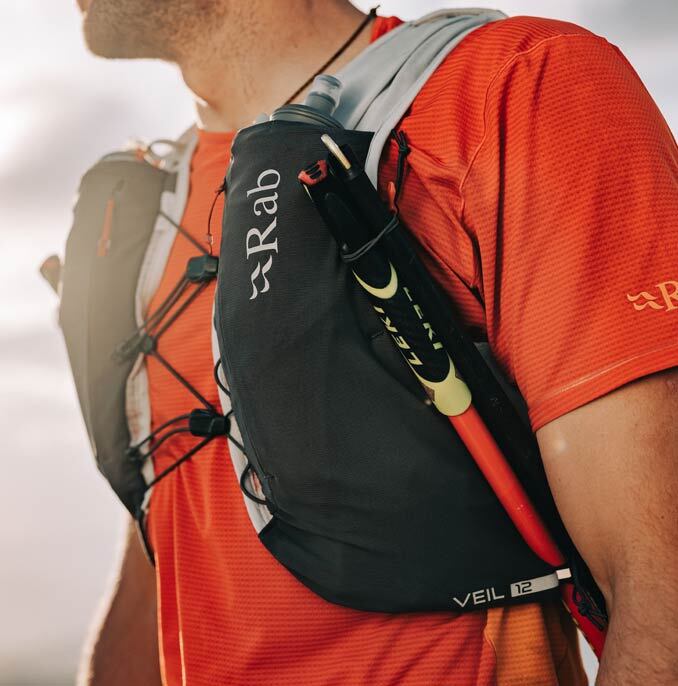
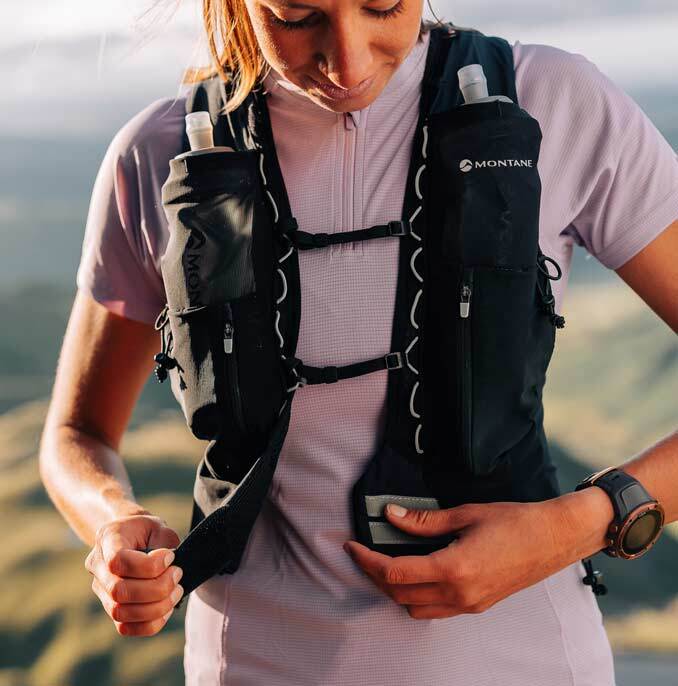

Running Vest Harnesses and Bottle Pockets
A recent innovation in lightweight pack design is the adoption of running vest-style harnesses, revolutionising comfort and accessibility for hikers and backpackers. Many models also incorporate integrated bottle pockets on the chest straps, enabling streamlined hydration and improved weight distribution.
For those with existing packs, chest strap pouches and bottle holders are available, offering similar benefits when attached to traditional backpack harnesses.
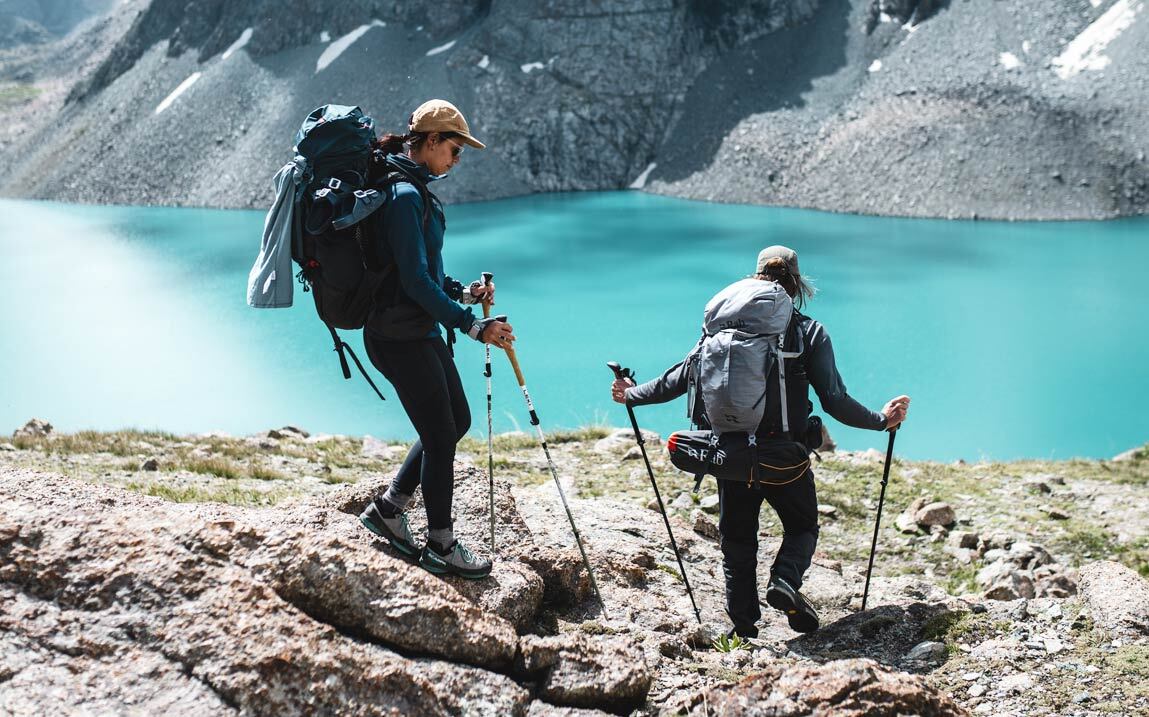
Conclusion
Choosing the suitable rucksack is a personal decision that depends on your specific needs, body type, and hiking style. By understanding the features and functions of modern packs, you can make an informed choice that will enhance your hiking experiences for years to come. Remember, the best pack is the one that feels like an extension of your body, allowing you to focus on the trail ahead and the beauty of the outdoors. Happy hiking!

|
||
 |
||
|
Andy Neil |
||
|
Andy has been a keen long-distance hiker and wild camping enthusiast since he completed the Cleveland Way in 2015. Since then, he has walked thousands of trail miles all over the UK and is an active member of the Wild Camping UK community, being an admin of the largest wild camping community on Facebook. He strongly advocates for responsible wild camping and believes it is important to leave no trace when camping in the wilderness. He joined the UOG team in 2021 and works as a website developer and content creator. |
||
For any hiker or backpacker, the choice of rucksack can make or break a trip. Whether planning a day hike or a multi-week adventure, understanding the ins and outs of lightweight rucksacks is crucial for comfort and efficiency on the trail. This comprehensive guide will walk you through everything you need to know about choosing and using the perfect pack. At its core, a rucksack is designed to distribute weight efficiently across your body. The key components working together to achieve this are the hip belt, shoulder straps, sternum straps, and load lifters. Sitting on your iliac crest (the top of your hips), the hip belt does the heavy lifting by transferring 70-80% of the pack's weight to your hips.
